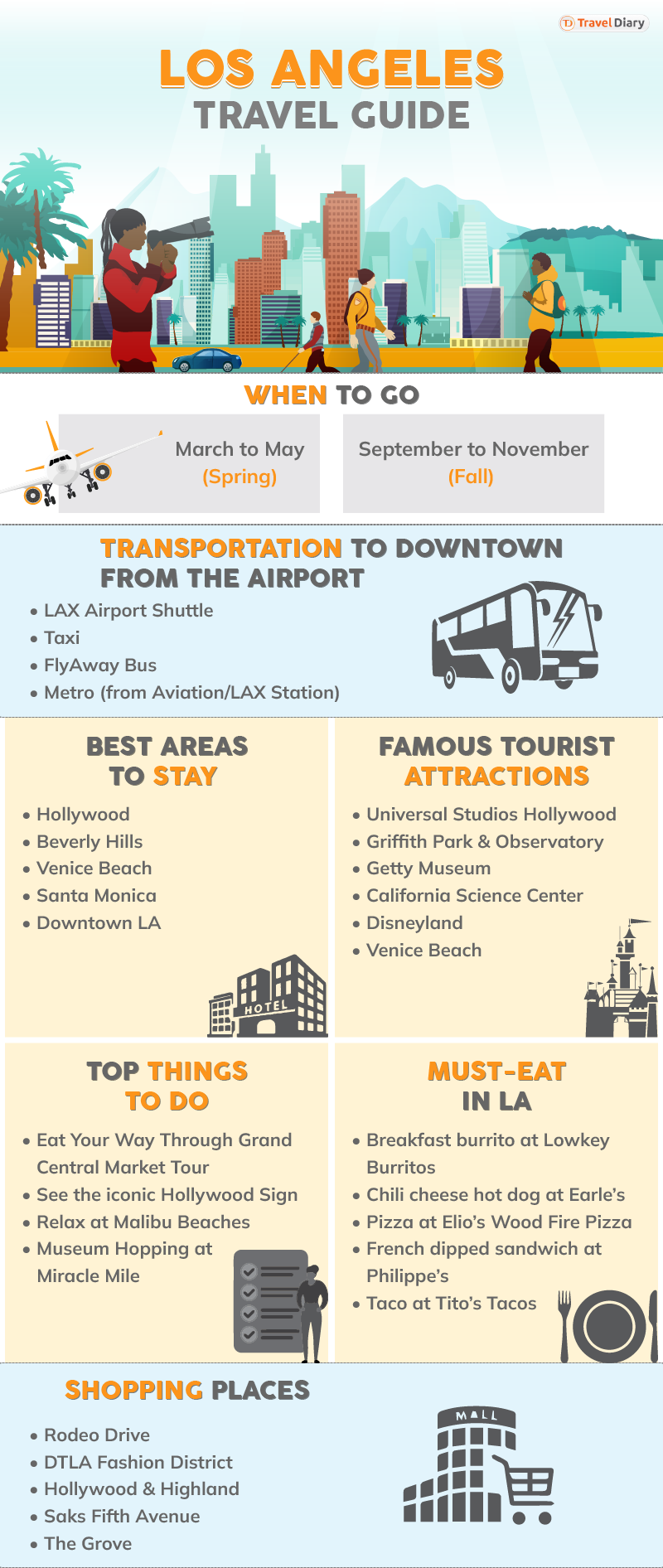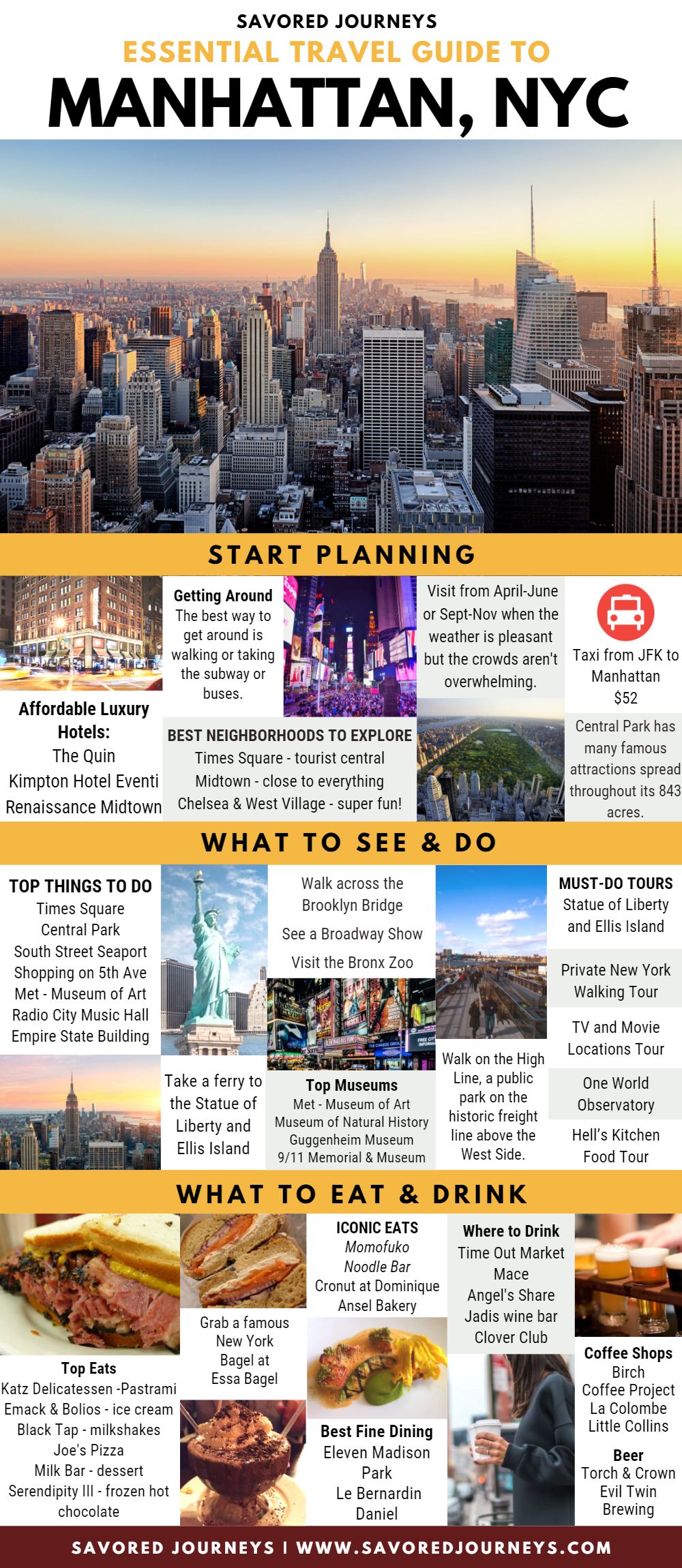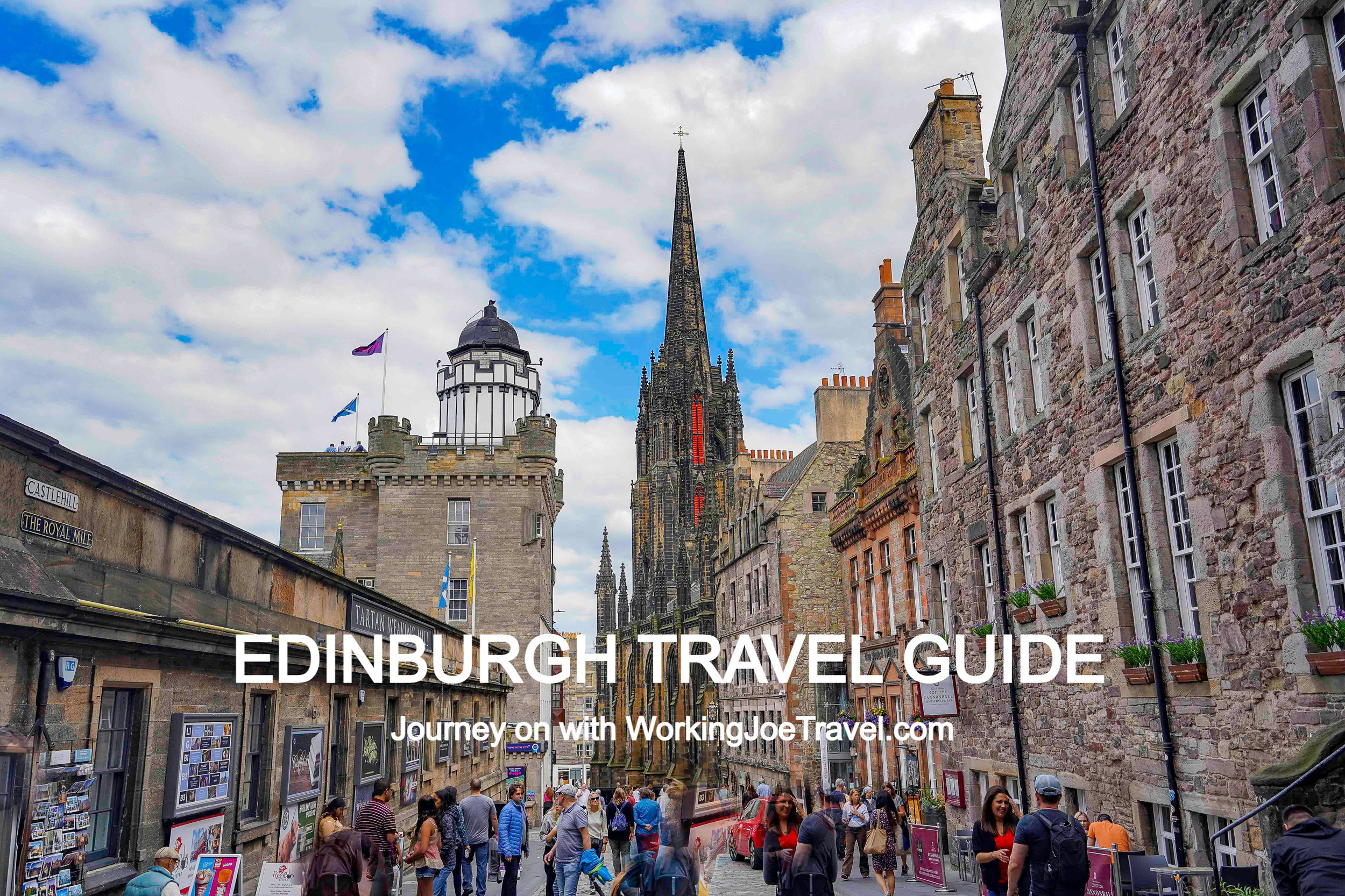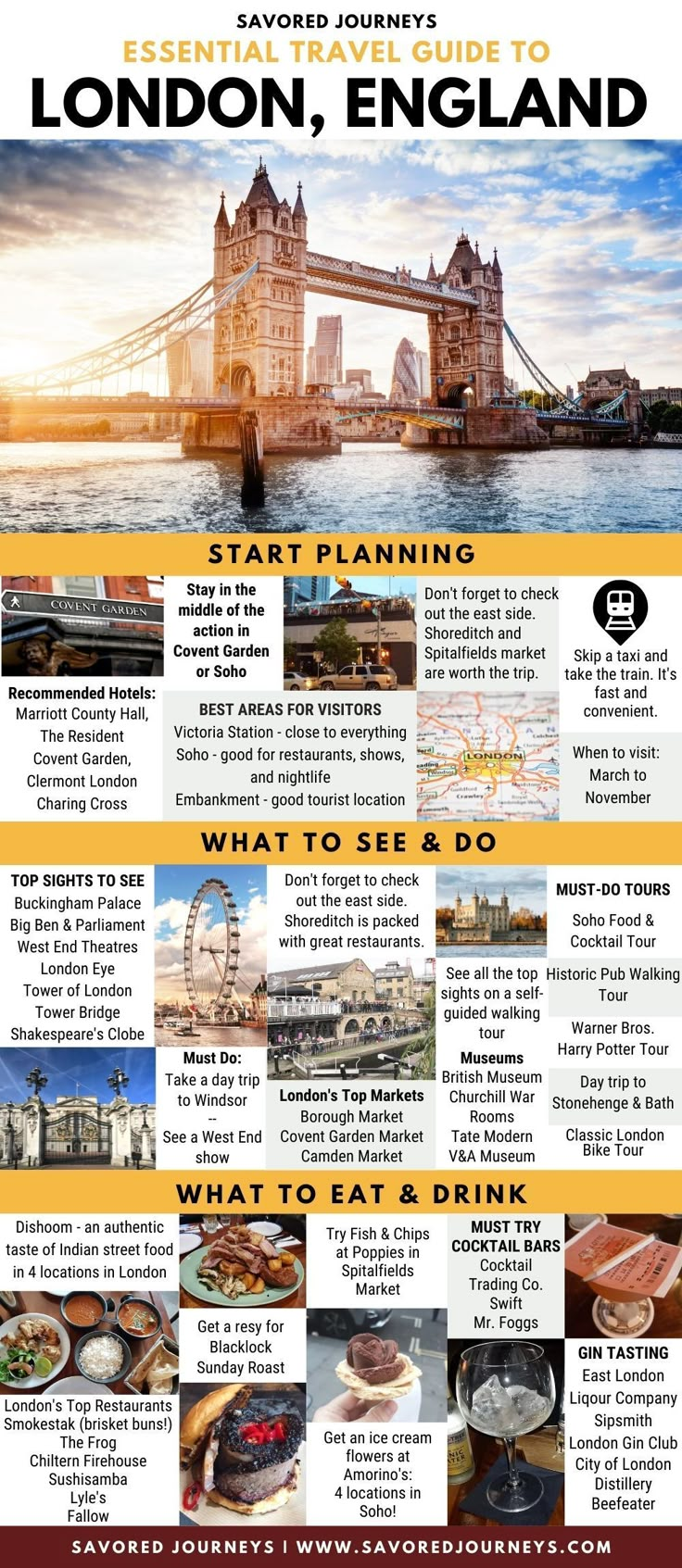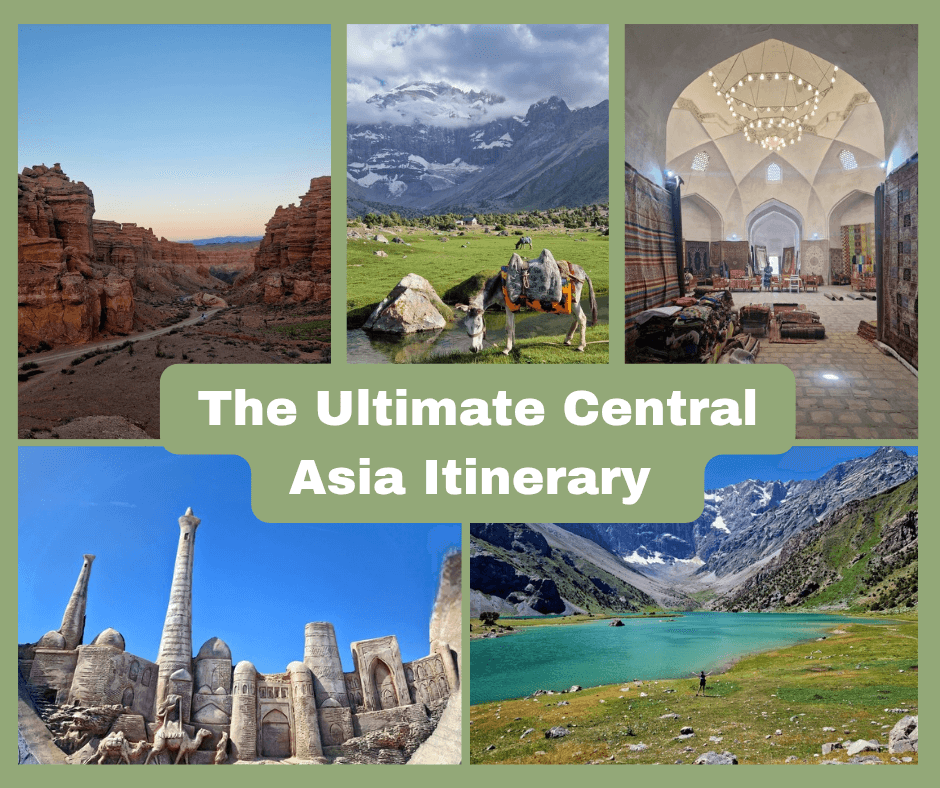
Central Asia, a vast and enigmatic expanse of deserts, steppes, and towering mountains, whispers tales of ancient caravans, mighty empires, and a rich tapestry of cultures. For centuries, it was the heart of the legendary Silk Road, a crucible where East met West, exchanging not just goods, but ideas, religions, and technologies. Today, this region, often overlooked by mainstream tourism, offers an unparalleled adventure for the intrepid traveler seeking authenticity, history, and breathtaking landscapes. This comprehensive itinerary will guide you through the heart of Central Asia, unveiling its secrets and providing you with the tools to embark on an unforgettable journey.
A Glimpse into the Past: The Historical Tapestry of Central Asia
The history of Central Asia is a grand narrative etched in the sands of time. From the nomadic Scythians and the mighty Achaemenid Empire to the conquests of Alexander the Great, the region has always been a crossroads of civilizations. The rise of Islam in the 7th century brought profound cultural and religious shifts, laying the foundation for the golden age of Islamic scholarship and art in cities like Samarkand and Bukhara.
Related Articles about The Silk Road Beckons: A 1,600-Word Journey Through Central Asia:
- Lisbon: A Symphony of History, Charm, and Culinary Delights
- Sands of Splendor: A Journey into the Opulent Heart of Middle Eastern Luxury Travel
- The Santorini Caldera: A Journey Through Time, Beauty, and Volcanic Majesty
- Norway: Where Fjords Kiss the Sky and History Echoes in the Mountains
- A Journey Through Time and Taste: Your Ultimate Travel Guide to France
The Mongol Empire, under Genghis Khan and his successors, left an indelible mark, uniting vast territories and fostering trade and cultural exchange. Later, the region fell under the influence of various khanates and emirates before being absorbed into the Russian Empire in the 19th century. The Soviet era brought about significant changes, including industrialization, collectivization, and the redrawing of borders, shaping the modern nations we see today. Understanding this rich history is crucial to appreciating the unique character of each destination.
The Jewel Box of Central Asia: Main Attractions
This itinerary focuses on the "Stans" that most readily capture the imagination of Silk Road enthusiasts: Uzbekistan, Kyrgyzstan, and Kazakhstan, with a brief nod to Tajikistan for its dramatic mountain scenery.
Uzbekistan: The Crown Jewel of the Silk Road
Uzbekistan is a mandatory stop for any Silk Road aficionado. Its ancient cities are living museums, brimming with architectural marvels and echoes of a glorious past.
- Samarkand: The undisputed star. Prepare to be awestruck by the Registan, a breathtaking ensemble of three madrasahs (Islamic schools) adorned with intricate tilework in vibrant blues and golds. The Gur-e-Amir Mausoleum, the final resting place of Timur (Tamerlane), is another masterpiece of Timurid architecture. Don’t miss the Bibi-Khanym Mosque, once one of the largest mosques in the Islamic world, and the Shahi-Zinda Necropolis, a stunning avenue of mausoleums cascading down a hillside.
- Bukhara: A city that feels like stepping back in time. The Poi Kalyan complex, with its towering Kalyan Minaret and Mosque, dominates the skyline. Wander through the narrow alleys of the Old City, explore the Lyab-i Hauz complex with its tranquil pool, and discover hidden mosques and madrasahs. The Ark of Bukhara, a massive fortress, offers a glimpse into the city’s royal past.
- Khiva: A perfectly preserved walled city, Itchan Kala, feels like a living museum. Its mud-brick walls enclose a labyrinth of mosques, minarets, and madrasahs, all painted in earthy tones. Climb the Kalta Minor Minaret for panoramic views and explore the intricate carvings of the Juma Mosque.
Kyrgyzstan: The Land of Nomadic Wonders
Kyrgyzstan offers a stark contrast to Uzbekistan’s urban splendors, showcasing the breathtaking natural beauty of the Tian Shan mountains and the enduring nomadic traditions of its people.
- Bishkek: The capital city, while modern, offers a glimpse into Soviet-era architecture and provides a good starting point for exploring the country. Visit Ala-Too Square, the State Historical Museum, and the Osh Bazaar for a sensory overload of local life.
- Issyk-Kul Lake: Known as the "pearl of Kyrgyzstan," this vast alpine lake is a popular summer resort. Enjoy the stunning mountain scenery, swim in its saline waters, and visit nearby petroglyphs and historical sites.
- Karakol: A gateway to the eastern Tian Shan, Karakol is an excellent base for trekking and exploring the natural beauty. Visit the unique Dungan Mosque and the Holy Trinity Cathedral.
- Song-Kul Lake: For a truly immersive nomadic experience, head to Song-Kul, a high-altitude alpine lake surrounded by lush pastures. Stay in a traditional yurt, experience horseback riding, and witness the timeless rhythm of nomadic life.
Kazakhstan: Vast Steppes and Modern Marvels
Kazakhstan, the largest landlocked country in the world, offers a diverse range of landscapes, from the sprawling steppes to the modern metropolis of Astana.
- Almaty: The former capital, nestled at the foot of the Tian Shan mountains, is a vibrant and green city. Visit Kok Tobe hill for panoramic views, explore Zenkov Cathedral, and wander through Panfilov Park. The nearby Medeu Skating Rink and Shymbulak Ski Resort offer outdoor adventures.
- Nur-Sultan (Astana): The futuristic capital, with its striking modern architecture, is a testament to Kazakhstan’s ambition. Marvel at the Bayterek Tower, the Palace of Peace and Reconciliation, and the Hazrat Sultan Mosque.
Tajikistan (Optional Addition): The Roof of the World
For those with a penchant for high-altitude adventure, a brief visit to Tajikistan, specifically the Pamir Highway, offers unparalleled mountain scenery and a glimpse into a remote and rugged landscape. This is best suited for those with more time and a spirit of adventure.
Crafting Your Itinerary: A Possible Flow
A typical Central Asia itinerary might span 2-3 weeks, allowing for a good immersion into each country.
-
Week 1: Uzbekistan’s Golden Triangle
- Day 1-3: Arrive in Tashkent (Uzbekistan’s capital), explore the city, and take an overnight train or flight to Urgench.
- Day 4-5: Explore Khiva.
- Day 6-8: Travel to Bukhara (train or taxi), explore the city.
- Day 9-11: Travel to Samarkand (train or taxi), explore the city.
- Day 12: Return to Tashkent for departure or onward travel.
-
Week 2: Kyrgyzstan’s Natural Wonders
- Day 13-14: Fly from Tashkent to Bishkek (Kyrgyzstan). Explore Bishkek.
- Day 15-17: Travel to Issyk-Kul Lake, explore its shores and nearby attractions.
- Day 18-20: Head to Karakol for day trips or trekking.
- Day 21: Return to Bishkek.
-
Week 3: Kazakhstan’s Contrasts
- Day 22-24: Fly from Bishkek to Almaty (Kazakhstan). Explore Almaty and its surroundings.
- Day 25-27: Fly to Nur-Sultan (Astana). Explore the futuristic capital.
- Day 28: Depart from Nur-Sultan.
Essential Travel Tips for Central Asia
- Visas: Visa requirements vary by nationality. Research well in advance. Uzbekistan, for example, has visa-free access for many nationalities, while Kyrgyzstan and Kazakhstan are generally easy to navigate.
- Language: The official languages are Uzbek, Kyrgyz, and Kazakh, respectively. Russian is widely understood and spoken, especially by older generations and in urban areas. Learning a few basic Russian phrases will be incredibly helpful.
- Currency: Each country has its own currency: Uzbek Som (UZS), Kyrgyz Som (KGS), and Kazakh Tenge (KZT). USD and Euros are sometimes accepted in tourist areas, but it’s best to have local currency. ATMs are available in major cities.
- Connectivity: SIM cards are readily available and affordable in each country. Wi-Fi is common in hotels and cafes.
- Respect Local Customs: Central Asia is predominantly Muslim, so dress modestly, especially when visiting religious sites. Be mindful of local customs and traditions.
- Bargaining: Bargaining is expected in bazaars, but do so respectfully.
- Safety: Central Asia is generally a safe region for travelers. However, as with any destination, be aware of your surroundings and take basic precautions against petty theft.
When to Embark on Your Silk Road Adventure: Best Time to Visit
The best time to visit Central Asia is during the shoulder seasons:
- Spring (April to May): Pleasant temperatures, blooming wildflowers, and fewer crowds. The deserts are vibrant with color.
- Autumn (September to October): Crisp air, clear skies, and stunning autumnal foliage, especially in the mountainous regions. Harvest season brings a bounty of fresh produce.
Summer (June to August) can be very hot, especially in the desert regions of Uzbekistan. Winter (November to March) is cold, with heavy snowfall in the mountains, making some areas inaccessible. However, winter can be magical for those seeking snow-covered landscapes and unique cultural experiences.
Rest and Recharge: Nearby Hotels
Accommodation options in Central Asia range from luxurious hotels in the capitals to charming guesthouses and traditional yurts in rural areas.
- Uzbekistan: In Samarkand, Bukhara, and Khiva, look for boutique hotels located within the old cities for an immersive experience. Tashkent offers a wider range of international hotel chains and local options.
- Kyrgyzstan: Bishkek has a good selection of hotels. For a truly unique experience, opt for a yurt stay near Song-Kul or Issyk-Kul, offering a glimpse into nomadic hospitality. Guesthouses are also common in smaller towns.
- Kazakhstan: Almaty and Nur-Sultan boast modern hotels, including international brands. For a more rustic experience in the countryside, look for homestays or guesthouses.
A Culinary Journey: Local Food to Savor
Central Asian cuisine is a hearty and flavorful blend of nomadic traditions and influences from neighboring cultures.
- Plov (Pilaf): The undisputed king of Central Asian dishes. A fragrant rice dish cooked with meat (lamb or beef), carrots, onions, and often dried fruits or chickpeas. Each region has its own variation.
- Manti: Steamed dumplings filled with spiced meat or vegetables.
- Samsa: Savory pastries filled with meat, onions, or pumpkin, baked in a tandoor (clay oven).
- Lagman: A hearty noodle soup with meat and vegetables.
- Shashlik: Skewered and grilled meat, a popular street food.
- Non (Lepyoshka): Traditional flatbread, baked in a tandoor, often adorned with intricate patterns.
- Dairy Products: Especially in Kyrgyzstan, expect to find a variety of fermented dairy products like kumis (fermented mare’s milk) and yogurt.
Navigating the Vastness: Transportation Options
Getting around Central Asia requires a bit of planning, but the options are diverse.
- Air Travel: The most efficient way to travel between countries and major cities within larger countries like Kazakhstan. Tashkent, Bishkek, Almaty, and Nur-Sultan have international airports.
- Trains: Uzbekistan has an excellent high-speed train network connecting Tashkent, Samarkand, and Bukhara, making travel between these cities comfortable and convenient. Overnight trains are also an option for longer distances.
- Shared Taxis (Marshrutkas): These minivans are a very common and affordable way to travel between towns and cities, especially in Kyrgyzstan and parts of Kazakhstan. They operate on fixed routes and depart when full.
- Private Taxis: Available for hire, offering more flexibility and comfort, especially for longer journeys or when traveling with a group. Negotiate the price beforehand.
- Jeeps and 4x4s: Essential for exploring more remote areas, particularly in the mountainous regions of Kyrgyzstan and Tajikistan.
- Buses: Available for intercity travel, though often less comfortable and slower than trains or shared taxis.
The Silk Road Beckons: Your Adventure Awaits
Central Asia is a destination that rewards curiosity and embraces the spirit of exploration. It’s a journey that transcends mere sightseeing; it’s an immersion into a rich history, a vibrant present, and a landscape that will leave you breathless. From the azure domes of Samarkand to the nomadic yurts of Kyrgyzstan and the futuristic marvels of Nur-Sultan, this ancient land promises an adventure that will resonate long after you’ve returned home. Pack your bags, open your mind, and let the Silk Road weave its magic upon you.



